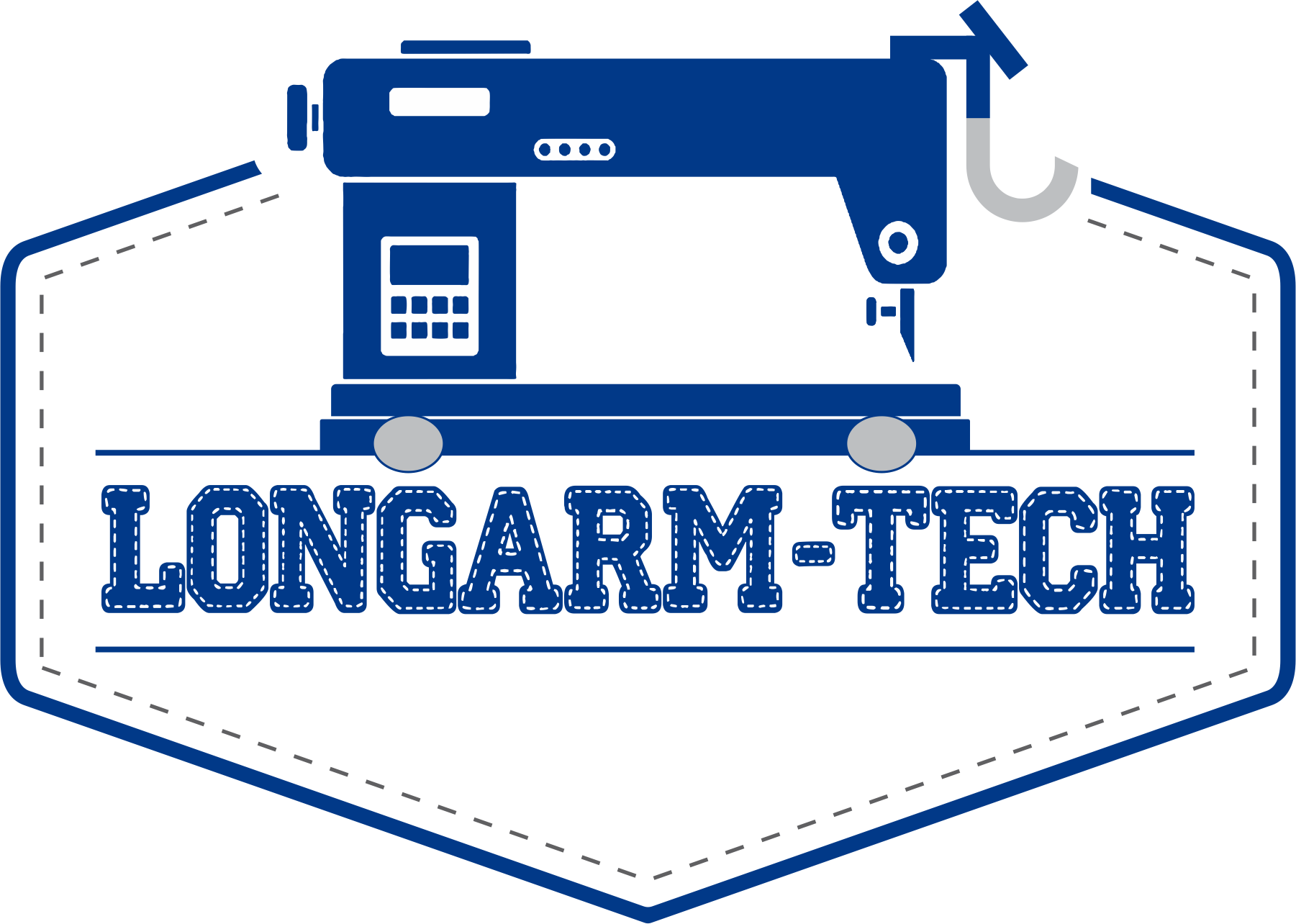Longarm Maintenance - its more than lubrication!
𝗪𝗵𝗮𝘁 𝗹𝘂𝗿𝗸𝘀 𝘄𝗶𝘁𝗵𝗶𝗻? 𝗣𝗲𝗿𝗶𝗼𝗱𝗶𝗰 𝗟𝗼𝗻𝗴𝗮𝗿𝗺 𝗣𝗲𝗿𝗳𝗼𝗿𝗺𝗮𝗻𝗰𝗲 𝗦𝗲𝗿𝘃𝗶𝗰𝗲 𝗶𝘀 𝗳𝗮𝗿 𝗺𝗼𝗿𝗲 𝘁𝗵𝗮𝗻 𝗷𝘂𝘀𝘁 𝗹𝘂𝗯𝗿𝗶𝗰𝗮𝘁𝗶𝗼𝗻!
I recently had a client ask me to service her Avante - about 4 years old with a little over 2 million stitches on it - so - lightly used. As a refresher Handi Quilter-manufactured machines (which include Babylock, Janome and some other smaller brands) are recommended to be serviced every two years or 10 million stitches (generally - bigger machines are a little different) whichever comes first - so this machine needed to be serviced due to length of time versus stitch count.
During the inspection prior to opening the machine, after verifying timing was spot-on I noticed two abnormalities - first, the handwheel was too far from the housing - it is supposed to be 1 to 1.5 mm but was 4 mm - not too big a deal but the larger space allows more room for dust, thread, and other contaminants to get on the handwheel shaft and perhaps travel inside the longarm. The second thing I noticed was as rotating the handwheel it would "catch" slightly at about 10:30 - not bad enough to affect stitching but something definitely wasn't right.
After opening the machine it was clear what the culprit causing the rotational issues was - there was a "nest" of thread wrapped around the link connected to the take-up lever (first picture). It took about 10 minutes with tweezers (and a few words my mother doesn't know I know muttered under my breath) to carefully unwrap/unwind the thread and remove it - a couple of feet of thread! (second picture) Once the thread was removed the handwheel rotated smoothly.
I adjusted the handwheel spacing, checked all the necessary tolerances, lubricated and re-assembled the machine, and after verifying stitch quality instructed the customer to call me or another tech in 2 years or 10 million stitches, whichever came first, and in the meantime to "Quilt On"!
This was the third machine in the last six months out of around 30 machines serviced or repaired that had a significant thread-wrap internally affecting operation, and I have found and corrected other internal abnormalities including removing shavings on needle-shafts from component installation, loose belts adjusted, and vacuuming whole "herds" of dust-bunnies.
When you take your car for an oil change they may find other things that need to be repaired/replaced - air filters, tire pressure, corroded battery, etc. The same goes for your longarm machine - follow the recommended service interval and minimize the risks of a machine meltdown when you have a project-on-deadline under the needle.
Quilt on!
Do you have questions on this topic or a suggestion for another one you are interested in?


